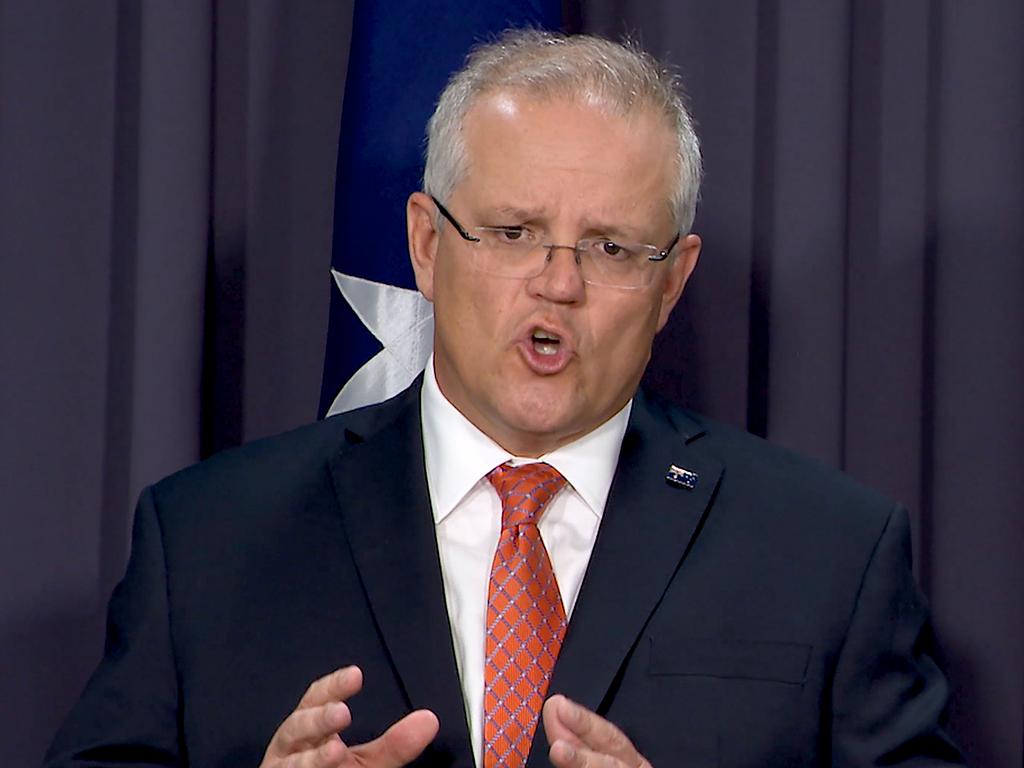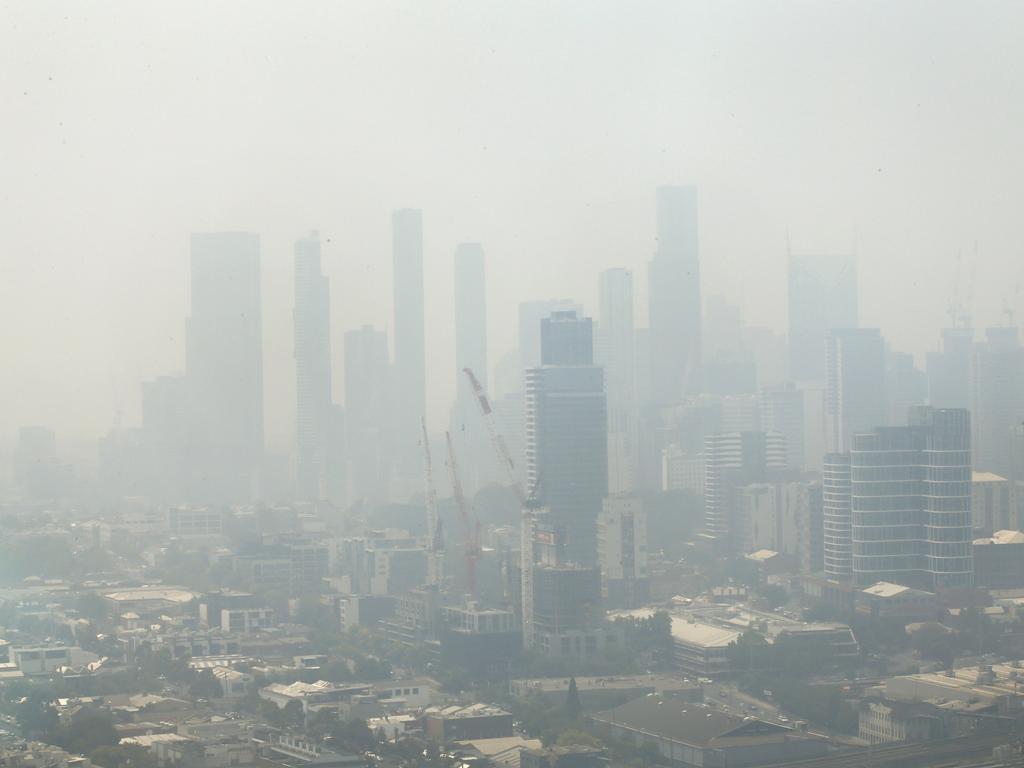Go a little slower so it’s not just us who stay alive

Pretty soon I drove past another dead wallaby, this one on the side of the road beneath a black mantle of scavenging ravens — and then another. There was a break in the carnage but soon after, as I drove through a more forested stretch of road, I spied several dead possums, a dead Tasmanian devil, a dead wombat on its back, and a few creatures so badly mangled I couldn’t identify them.
In all I counted a dozen animals killed between dusk and dawn the previous night, and if I hadn’t been cornering slowly on Bruny Island, a few hours later, I would have crushed a brown hen that preferred to waddle across the road rather than fly. On Bruny I mentioned the carnage I’d seen on the trip down to an old-timer. “I don’t know why they don’t clean it up,” he said angrily.
My concern is not so much with the aesthetic-hygienic side of the summer roadkill epidemic (the old-timer’s why-can’t-they-clean-it-up argument) as the fact it happens at all. If I manage to spy a dozen freshly dead native animals on or beside the road during a 30-minute drive south of Hobart, the total number killed in any one night on Tasmanian roads must stand close to 1000. That equates to an annual death toll of about 300,000: enough native animal carcasses to fill a football stadium. That unconscionable guesstimate, it turns out, is pretty right.
In 2008 a CSIRO research scientist, Alistair Hobday, and Melinda Minstrell, a researcher at the University of Tasmania, put the number of animals killed each year on Tasmanian roads at 294,000. Their three-year research project revealed that each year about 226,000 animals were killed outright on Tasmanian roads and another 68,000 or so, mortally wounded in car collisions, died out of sight. These figures, I should stress, are conservative: others put the annual roadkill at perhaps 500,000.
Among the most common animals killed on Tasmanian roads, according to Hobday and Minstrell, were possums, pademelons, wallabies, Tasmanian devils, wombats and bandicoots. Some of these species — possums, for example — are unloved. They grunt and squabble among themselves and make pesky suburban neighbours. But there are only about 60,000 devils in the wild and their deaths on our roads are believed to be as significant as their deaths from disease.
Across the nation more than a billion native animals are estimated to have lost their lives in bushfires this summer. But where bushfires have several immediate causes, from lightning strike to arson, roadkill has only one: human action, and inaction. To rework a phrase of Ronald Reagan’s: cars don’t kill, people do.

Can Tasmanians, many of whom are rather prideful of their Tasmanianism, really be happy with this? I doubt it. The state considers itself an eco-sanctuary. Its southwest wilderness is still relatively intact, its ocean fisheries are pristine, its cool-climate wine is booming and the culinary scene trends towards the locavore.
In Tasmania we bear witness to nature — or what’s left of nature — at its finest. But we also see nature at its worst in one conspicuous aspect: roadkill. It seems only a matter of time before Tasmania earns itself the moniker “Roadkill State”. It might be tough to live that one down.
Tasmania is not especially wealthy. But tourism is going gangbusters, and it’s the tourism industry that has the most to lose if the state’s eco-sensitive reputation is sullied by marsupial blood on the bitumen. A $1 departure tax — levied on the 1.32 million tourists who visit the island each year — would certainly raise enough money to start building a system of fences and wildlife thoroughfares (underpasses and overpasses) in forested areas and roadkill hot spots, as well as other more novel measures.
I’m reminded of my close encounter with a pedestrian hen on Bruny. I was cornering at less than 40km/h and that modest speed saved the bird from death and me from grief.
Across Tasmania road signs are used to warn drivers of the dangers of wildlife straying on to roads. But they’re not working or they’re not working well enough. A network of statewide dusk-to-dawn go-slow zones in areas rich with wildlife, buttressed with speed cameras and fines, could make a big difference.
In a separate study, Hobday found that reducing night-time driving speeds to 80km/h or less vastly increased the ability of drivers to detect an animal and avoid it. The chances of avoiding impact with smaller, darker animals, such as the Tasmanian devil, increased when driving speeds were further reduced.
I can’t walk into a forest and kill a native animal with my seven-iron because, well, it’s a bad thing in itself and it does unnecessary harm to a defenceless animal. The same attitude, the ethical duty to avoid unnecessary harm, should be applied to the management of animal security on our roads. It’s an individual responsibility and a social duty, and it requires a bold public policy response.







This past Sunday morning I woke early in Hobart and, with great anticipation, set out on a drive south to Bruny Island. The air was fresh, the sky clearing, and as I left the city’s outskirts, with a procession of crags on my right and silvered waterways on my left, I counted my blessings. Not even the sight of a dead wallaby in the middle of the road, its skull crushed by a car or truck, managed to darken the mood.